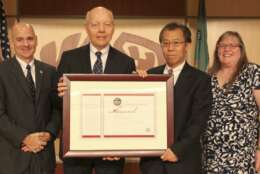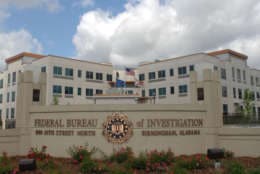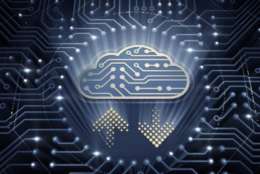Commentary
-
For many January is a hope-springs-eternal transition time. But there are things members of the federal family can, and should, be doing that will save money.
January 10, 2020 -
New-to-Washington political appointees, hoping to dilute or eliminate teleworking in their agencies, maybe got a dose of reality this week.
January 09, 2020 -
While your income will likely go down in retirement, moving to a more tax-friendly state could increase the cash value of your annuity.
January 08, 2020 -
IRS now has a patent on a technology it won't use to solve a crucial problem.
January 07, 2020 -
Mike Causey asked Abraham Grungold, a 34-year civil servant, why so many TSP investors have account balances that are so relatively small?
January 07, 2020 -
One longtime reader says feds should be aware of their full retirement age (FRA) and what it means to them.
January 06, 2020 -
Even though achieving CSF compliance can take serious consideration and time, many international players have recently begun leveraging the framework, thanks in part to new efforts from NIST.
January 03, 2020 -
Federal workers this month are getting a 3.1% total pay and federal-postal retirees are getting a 1.6% cost of living adjustment.
January 03, 2020 -
Credibility with the public originates with employees trusting one another.
January 02, 2020 -
To protect their annuities from the ups and downs of the stock market, many active and most retired federal-postal workers have a major chunk of their Thrift Savings Plan account in the Treasury securities G fund.
January 02, 2020 -
Most people know the rule is buy low, sell high. If you buy that, the problem is knowing when the market has peaked or bottomed out.
January 01, 2020 -
Ask yourself if, when you start tapping your TSP you’ll be glad you invested pre-tax, or do you wish you had taken the Roth option?
December 31, 2019 -
Neha Anand, group product manager at Okta, offers four predictions for technology trends in the government sector in the new year.
December 30, 2019 -
HCD and CX disciplines put the focus on gaining a better understanding of the people and their processes within an IT implementation project that greatly reduces risk and improves the chances of successful delivery, initial adoption and ongoing usage.
December 27, 2019 -
The cybersecurity environment has shifted dramatically in recent years, and that means yesterday’s tools and approaches – especially those which rely upon manual and/or siloed processes – will no longer suffice.
December 27, 2019















